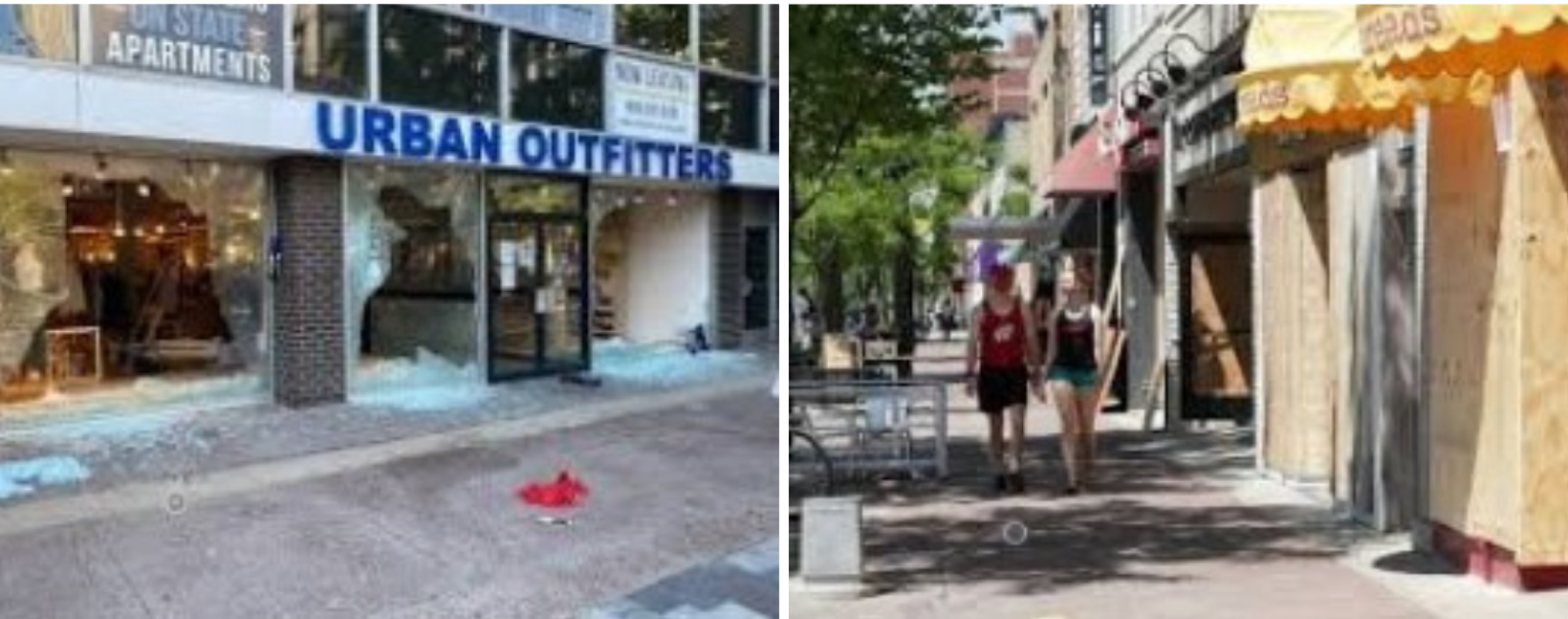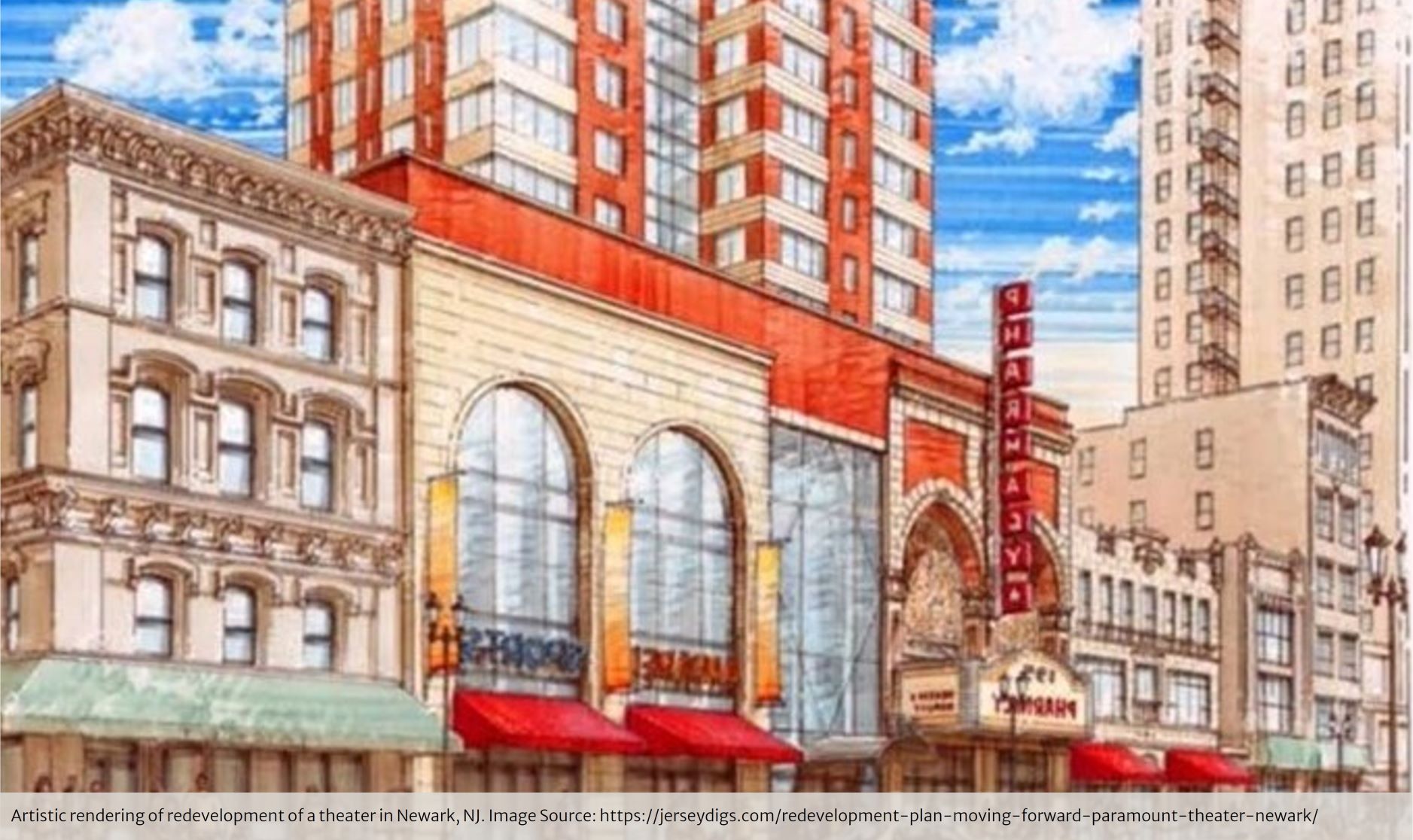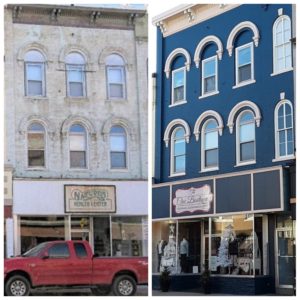Design has been around since the beginning of time. From the time of stone tablets to the electronic devices we use today, we have used and continue to use design to communicate our important messages. Every element in our design should help improve our user’s experience and more clearly convey that message. People are wondering – what is the future of downtown? How have downtowns faired over the past year? Specifically, how will downtown and retail destinations survive, let alone thrive after the year we’ve all just experienced?
There has been a lot to process over the past year. Between the global pandemic, stay-at-home orders, capacity limits, social unrest which created opportunities for violence in some metropolitan areas, getting employees and customers comfortable with coming back, the challenges to downtowns were hard-hitting. For some, it probably felt like a continual gut punch. One reaction to all this difficulty is to just give up and pull the covers back over our heads. While that might feel good for one snooze of the alarm clock, it is not the answer. Do not give up.
Consumer shopping behavior has changed
While we were all locked up in our homes, online shopping experienced a steep increase. We became proficient at ordering our groceries, cleaning supplies, paper products, clothing, and other essentials online. This was bound to happen eventually, but events of the past year accelerated online sales growth. Ecommerce penetration reached 21.3% in 2020, Digital Commerce 360 estimates. That is an increase from 15.8% in 2019 and 14.3% in 2018.
We did not just buy food and cleaning supplies. We also bought supplies and materials to support our newfound hobbies and side hustles. Small scale production has increased, which is evidenced in part by the significant growth experienced by Etsy. Entrepreneurs were exploring their talents and interests, while also attempting to create or replace the experiential reasons we used to go out, creating a focus of our energy and excess brain power – maybe an escape – from the realities of the day.
Consumers also became more attuned to supporting local businesses and restaurants. To keep local businesses afloat, the public stepped up and did what they had to do (ordered endless amounts of takeout, drove up to pick up food, engaged Door Dash or Uber Eats). The side affects of this phenomenon were felt across the board. Even multi-family residential developments are dealing with the problem of all the extra waste and recycling from all the deliveries arriving at their complexes.
WHAT TO DO TO HELP YOUR DOWNTOWN AND RETAIL STORES:
- Make sure downtown retail businesses are actively leveraging their online presence. Retailers need a multi-channel method for reaching customers. This includes local customers and customers from across the globe. Many retailers will find they can depend less on foot traffic and more on e-commerce.
- Help retailers develop marketing strategies that combine in-store sales, events, online orders, and multiple ways to communicate to their customers.
- Facilitate opportunities for multiple retailers in your downtown to cross-promote with one another. Create events that include multiple retailers working together to draw interest in not just one, but many stores.
- Offer marketing workshops for your downtown shop keepers, to allow them to network with one another and learn new ways to get the word out about their goods and services. Partner with a local advertising agency who will volunteer to teach the course for the exposure they will gain.
People still want experiences
As we all get comfortable with a new normal, keep in mind, people still want experiences. People are looking forward to listening to live music, enjoying a beverage with friends in a public space, and allowing their children to splash around in the fountain at the town square.
Programming the outdoor gathering space in your downtown is imperative. It is worth an entire article all on its own. But we will just touch on the basics here.
E-commerce will not replace the experiences of shopping, strolling and the impromptu ice cream cone on the bench on Main Street. Activity in a downtown setting, whether programmed or impromptu is critical to regenerating foot traffic.
Do not wait to schedule events, as outdoor gathering limits will now provide the ability for people to gather. Provide that opportunity!
The rate at which your downtown bounces back to pre-pandemic foot traffic levels will be directly proportionate to how people are welcomed back by the shop owners as well as by the Main Street, event organization or Business Improvement District.
Trends in retail
If you have vacant retail space in your community, work with the property owners and Realtors® to market it aggressively. Here are some trends which are materializing from the ashes of the last year.
From an article last July (2020) at the National Mainstreet Center, four hot categories of businesses which will be attractive to pursue include:
- Health and Fitness – bikes and e-bikes (sales, rental and service), fitness tech, and nutrition-based products/services. This is a clarion call for communities to make sure their central business districts are bicycle friendly.
- Products and Services for the Home – home office/décor, kitchen/cooking, and home gardening
- Experiential Goods – as noted above, small scale production has made giant leaps, creating opportunities for an entrepreneurial aura in your downtown.
- Food-related – restaurants, food truck food courts, and kiosks. Think pop up noshing!
A trend we love that wasn’t mentioned in the National Mainstreet Center article is pets and pet supplies. Shelters, pet rescues and even breeders have been slammed with demand for pets. We have long believed that pet supply stores make a great addition to any downtown because they are the perfect addition to any Main Street. Recession-proof, experiential and perfect for a retail storefront, this sector will draw people to your downtown.
All the commercial real estate experts are saying office space, as a category of commercial real estate, is not dead. So too, with effort, programming, coordinated marketing efforts and time, we believe downtown retail will survive and be thriving again in the very near future.
See related articles:






